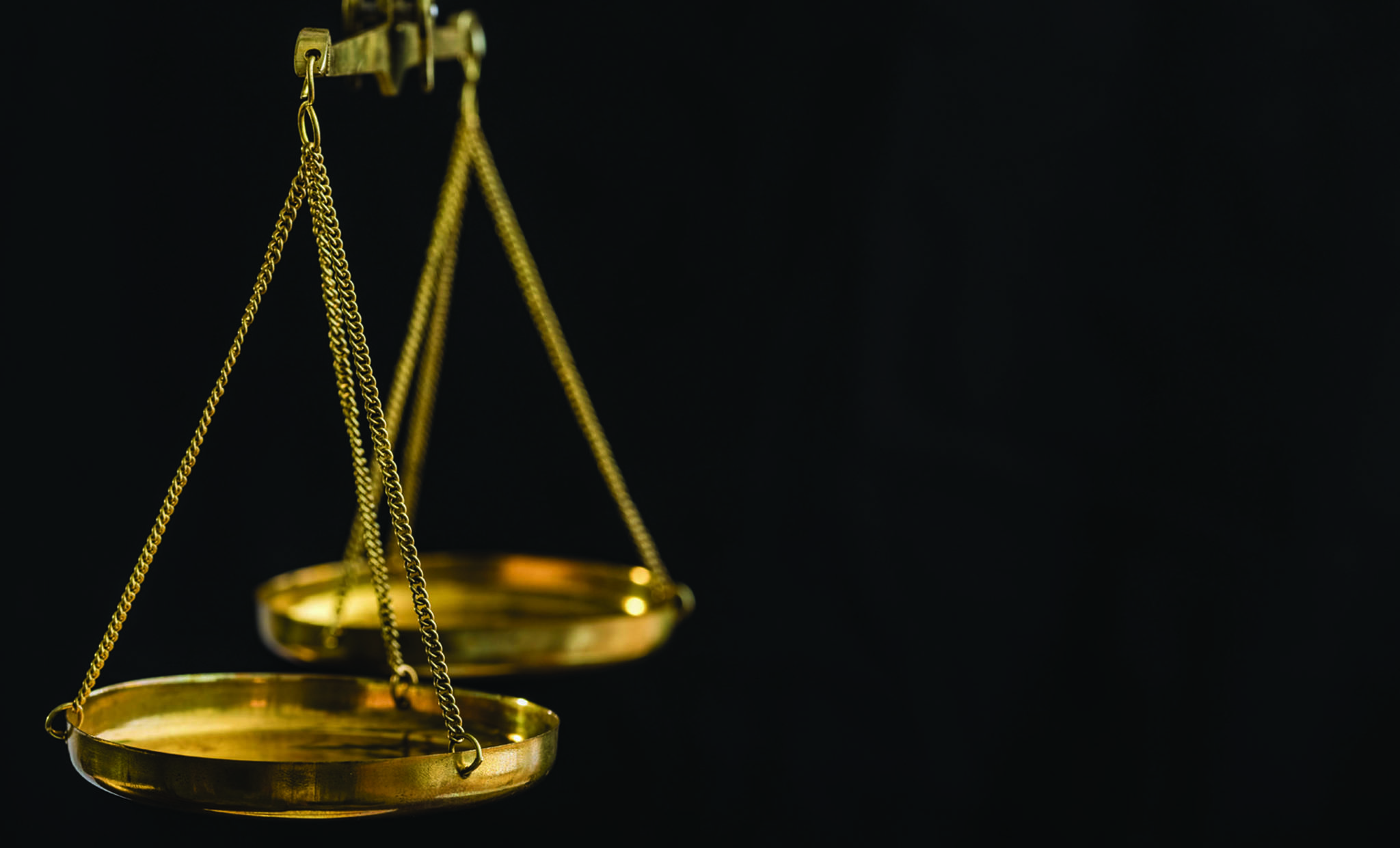On July 31, the Juneau Empire posted an opinion piece by Dan Carothers criticizing Alaska’s justice reforms. First off, I want to thank Mr. Carothers for sharing his opinion. As you might imagine, we at the ACLU of Alaska are big supporters of free speech and love it when our fellow Alaskans exercise that right on public policy issues.
Unfortunately, Mr. Carothers’ piece was so full of misleading statistics and half-truths that we feel compelled to exercise our free speech rights in response. As we are fond of saying, “The cure for bad speech isn’t more government regulation, it’s more good speech.”
The main point of Mr. Carothers’ piece seemed to be that Alaska’s justice reforms, commonly referred to as Senate Bill 91, have caused increases in crime and thus should be repealed. The facts, however, show several problems with his assertion.
First, justice reform wasn’t signed into law until July 11, 2016 and only went fully into effect on Jan. 1 of this year. There simply hasn’t been enough time for crime statistics to show what impact, if any, justice reform has had. Mr. Carothers cites the FBI’s Uniform Crime Report (UCR) — a quality source of crime stats — but doesn’t tell you that the last year for which these numbers are available is 2016, the same year justice reform was passed and covered a period well before those policies went into effect.
Mr. Carothers would love for you to believe all the rising crime numbers he offers are due to policies that hadn’t passed yet, which leads to his second error. Alaska’s troubling crime stats, of which there are many, were bad and rising well before justice reform. Most of us who have lived in Alaska for decades know this quite well.
In 2015, the year before reform passed, Alaska’s crime rate was 21 percent above the national average and almost all categories of crime have been on the rise for years. According to the 2016 UCR, burglary and assault have been rising since 2013, vehicle thefts since 2011, murder since 2009, and robbery has been going up since 2004. And worst of all, prior to reform Alaska had a 66 percent recidivism rate. That means of the approximately 12,000 people released back into Alaska’s communities each year by the Department of Corrections, 8,000 of them would soon be right back in prison.
Is locking more people up and for longer the solution? Well, Alaska tried that. Alaska’s prisoner population grew 27 percent in the decade before reform was passed, three times faster than its resident population, yet crime rates continued to rise.
Are you feeling any safer?
The truth is justice reform was a response to these disturbing numbers, not the cause of them.
The focus of that reform was not to save money or release people back into the community, as Mr. Carothers asserts. It was to achieve better public safety outcomes. It was primarily to reduce Alaska’s horrible recidivism rate because the truth is the overwhelming majority of prisoners will be let out at some point.
If we can just bring recidivism down from 66 percent to 33 percent — a very achievable goal — 4,000 more Alaskans each year will be out of prison leading productive lives rather than reoffending. That means thousands and thousands of Alaskans would never be the victims of the crimes they would otherwise commit.
I think we can all agree that forging a safer Alaska should be the goal. The fact that this by definition would mean that fewer crimes are committed, and therefore fewer of our friends, family members, and neighbors are in costly prison should be seen as a sign of ultimate success, not the doomsday scenario Mr. Carothers envisions.
Our previous system wasn’t getting us any closer to the safer, more prosperous Alaska we all want to see. Why in the world would we want to go back to it?
It is time to give justice reform time to work and judge it a success or failure only when real data shows which it is.
Please visit SmartJusticeAlaska.com for more information on Alaska’s justice reforms.
• Casey Reynolds is the Communications Director for the ACLU of Alaska. He has lived in Alaska since 1989 and is a proud graduate of Bartlett High School and the University of Alaska.

